The purpose of the article, Introduction to anthropology, is to provide a superficial description of anthropology so one can understand its concept.
Anthropology is derived from two Greek words-
‘Anthropos which means human being or mankind and
‘logos’ means study or science.
Anthropology is the science of human beings. It is the holistic study of man or the study of man in totality. Here, complete or holistic study means the study of man in his all aspects i.e. biological and cultural aspects of man.
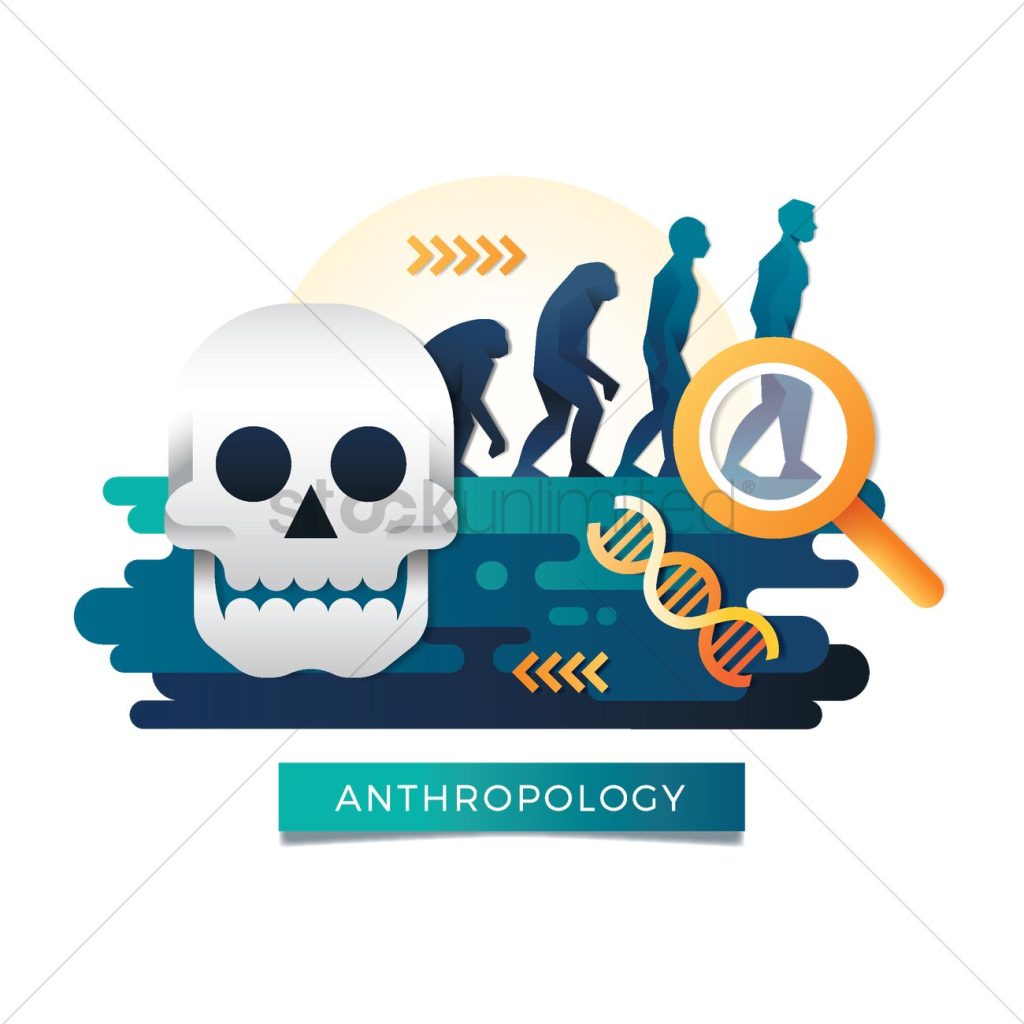
In total, man has two things-
- Body or biological aspect
- culture
Culture is a man-made part of the environment. It can be divided into two parts-
- Material culture
- Non-material culture
Material culture is that part of a culture that can be seen by the eyes. For eg. chair, table, pen etc.
Non-material culture includes those things which cannot be seen through our eyes. It can only be felt. For eg. education, feelings, belief, rituals etc.
So in short, Anthropology is that subject that on one side deals with the biological part of man i.e. its body and on another side it explains the cultural role of the man. Thus Anthropology can be divided into two parts-
- Socio-Cultural Anthropology
- Physical/ Biological Anthropology
Anthropology mainly focuses on the study of traditional or folk societies.
(Society of the whole world can be divided into two types-
- Traditional/ Simple / Rural
- Complex/ Modern/ Urban
NOTE- Division is completely based on technology.
Simple societies can be divided into two categories-
- Tribal
- Non-tribal/ Peasant
NOTE- Technical name for simple society is Folk society).
Anthropology includes the study of-
- The origin of humans
- The evolutionary development of humans
- Human physical, bio-chemical and cultural variations
- The material possessions and cultural heritage of humans
Features of Anthropology
- It has a broad scope that includes people as their subject matter in different aspects. People may be living or dead, primitive or civilised.
- It has unique approaches i.e. Holistic and Relativistic. Holistic means the complete study of man. Relativistic means it does not make value judgement i.e. declaring that ‘this belief or practice is good or bad”
- It is comparative i.e. comparison is made between present and past, modern and traditional etc.
- Its emphasis is on insider views i.e. the focus is mainly on those who were experiencing that practice or belief. This is known as the Emic perspective.
- It has Microfocus i.e. small sealed in its social organisation, economic and political structure and tends to be homogeneous in its overall character.
- It includes extended fieldwork, group discussion, participant observation, and in-depth and key informant interviews as their main research methods.
Read more:
- Lamarck’s Theory of Evolution
- Bipedalism and Structural Changes
- Natufian Culture
- Cache of ancient coins dating back 100,000 years unearthed in Japan
- James George Frazer


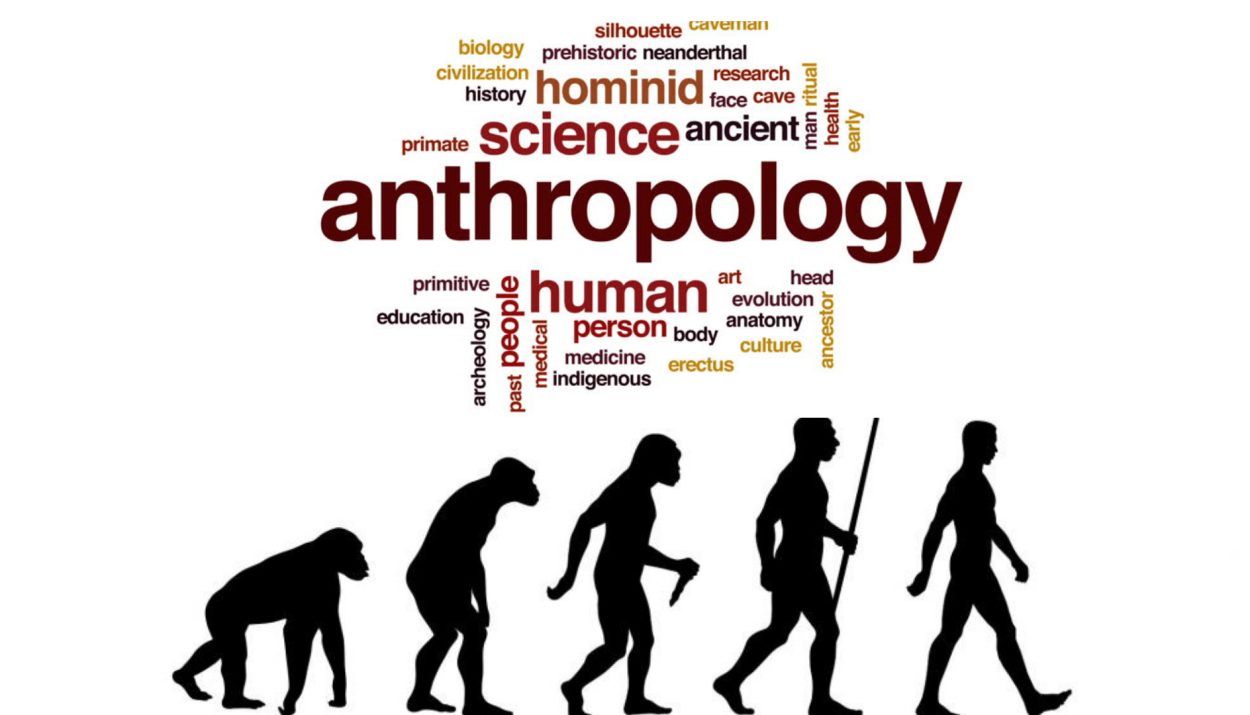

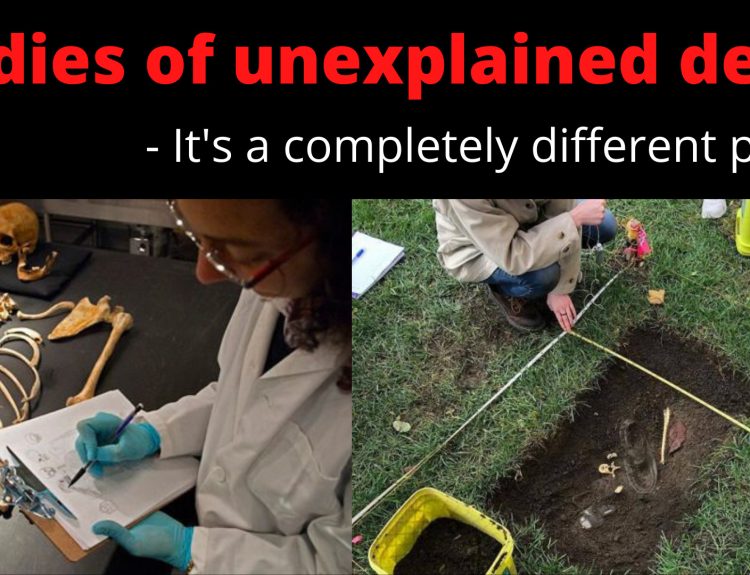
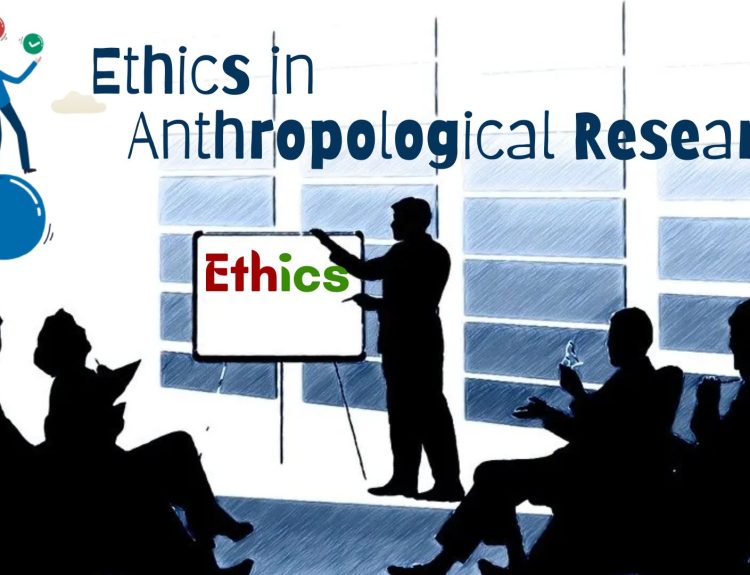
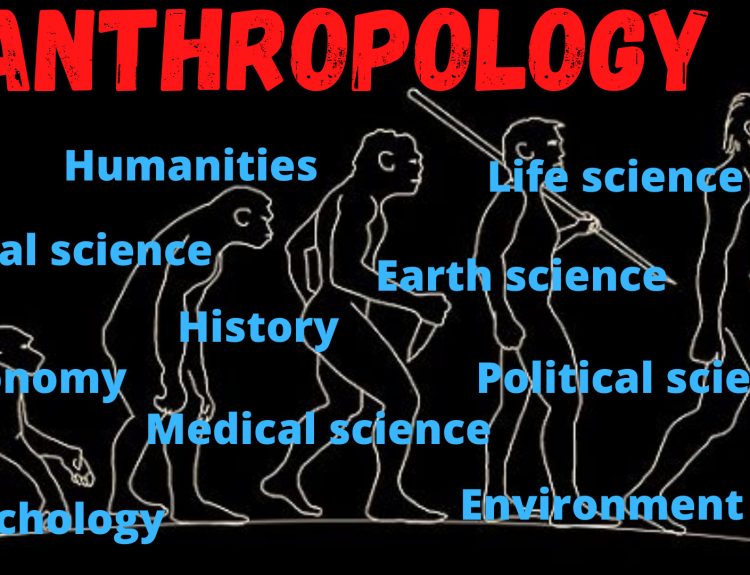
9 Comments
Concepcion
2 years agoSimply desire to say your article is as surprising. The clarity in your post is simply spectacular and i can assume
you’re an expert on this subject. Well with your permission allow me to
grab your feed to keep up to date with forthcoming post. Thanks a million and please carry on the enjoyable work.
Winifred
2 years agoHowdy! This article could not be written much better!
Going through this article reminds me of my previous roommate!
He always kept talking about this. I most certainly will send this article to
him. Pretty sure he’ll have a good read. Many thanks
for sharing!
Newton
2 years agoI’m pretty pleased to discover this website. I wanted to thank you for your time just
for this fantastic read!! I definitely loved every little bit of it and i also have you book-marked to check out new stuff in your blog.
Lacey
2 years agoThanks for finally talking about > Introduction To Anthropology – AnthroMania < Loved it!
Steffen
2 years agoAdmiring the hard work you put into your website and in depth information you provide.
It’s awesome to come across a blog every once in a
while that isn’t the same outdated rehashed material. Great read!
I’ve bookmarked your site and I’m including your RSS feeds to my
Google account.